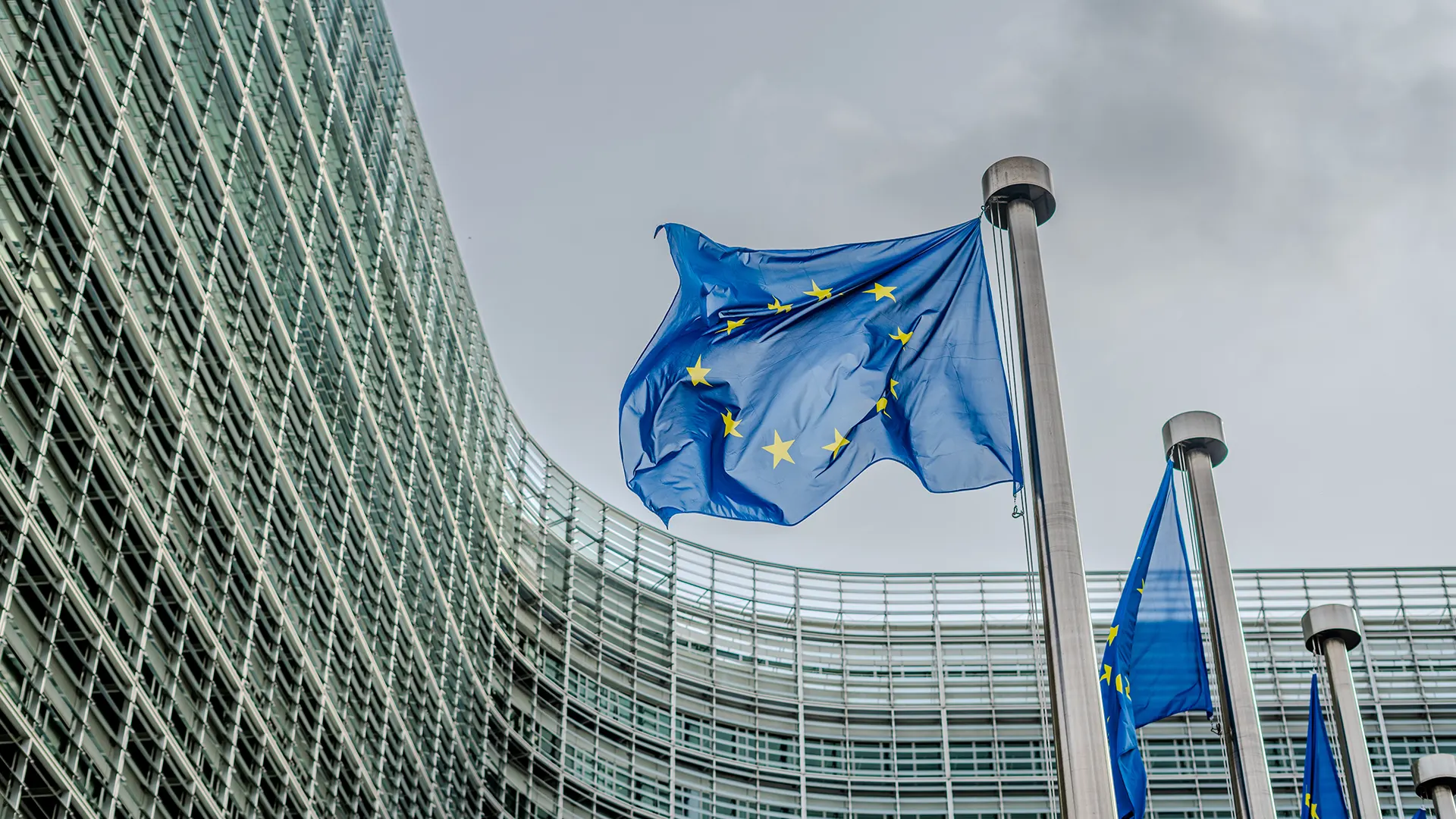
Biodegradable Plastics in the European Union
The European Union (EU) is at the forefront of promoting sustainable materials, with biodegradable plastics playing a pivotal role in its environmental strategies. This article explores the current legal landscape, public attitudes, manufacturing trends, and specific factors influencing the adoption of biodegradable plastics within the EU.
EU Regulations Driving the Shift to Biodegradable Plastics
The EU has implemented several regulations to reduce plastic waste and encourage the use of biodegradable alternatives:
- Packaging and Packaging Waste Regulation (PPWR): Adopted in December 2024, the PPWR aims to reduce packaging waste by 15% per capita by 2040. It sets binding reuse targets, restricts certain single-use packaging, and mandates that all packaging be recyclable by 2030.
- Single-Use Plastics Directive: Fully enforceable since 2024, this directive bans specific single-use plastic products with readily available alternatives and introduces measures to reduce consumption and enhance waste management.
- Policy Framework on Biobased, Biodegradable, and Compostable Plastics: This framework provides guidance on the use of bioplastics, emphasizing their role when reduction, reuse, or recycling is not feasible. It clarifies definitions and promotes a shared understanding across the EU.

European Public Sentiment Towards Biodegradable Plastics
European citizens show strong support for environmentally friendly products:
- A 2023 Eurobarometer Survey revealed that approximately 73% of EU consumers prefer products with minimal environmental impact.
- While general awareness about bioplastics is growing, studies indicate that public knowledge about the differences between biobased, biodegradable, and compostable plastics remains limited.
This growing environmental consciousness is influencing purchasing decisions and increasing demand for sustainable packaging solutions.
Manufacturing Trends and Market Growth in the EU
The biodegradable plastics market in Europe is experiencing significant growth:
- In 2024, the market was valued at approximately USD 2.49 billion and is projected to grow at a CAGR of 7.7% from 2025 to 2030.
- Starch-based biodegradable plastics are the largest segment, driven by their use in packaging and agricultural applications.
- Countries like Italy and France are leading in the adoption of biodegradable plastics, supported by favorable legislation and consumer demand.
Manufacturers are investing in research and development to improve the performance and cost-effectiveness of biodegradable plastics, aligning with EU sustainability goals.
Challenges and Opportunities in the EU Market
Despite the positive outlook, several challenges persist:
- Infrastructure: The lack of standardized composting and recycling facilities across EU member states hampers the effective disposal of biodegradable plastics.
- Consumer Awareness: Misconceptions about the biodegradability of certain plastics can lead to improper disposal and reduced environmental benefits.
- Economic Factors: The production costs of biodegradable plastics are generally higher than conventional plastics, affecting competitiveness.
Addressing these challenges requires coordinated efforts between policymakers, industry stakeholders, and consumers to develop infrastructure, educate the public, and support innovation.
The EU’s commitment to reducing plastic waste and promoting sustainable materials positions biodegradable plastics as a key component of its environmental strategy. While regulatory frameworks and public support are driving growth, overcoming infrastructural and economic challenges is essential for the widespread adoption of biodegradable plastics. Continued collaboration among stakeholders will be crucial in advancing the EU’s circular economy objectives.
For more information on EU policies and market data related to biodegradable plastics, visit the European Bioplastics website.


